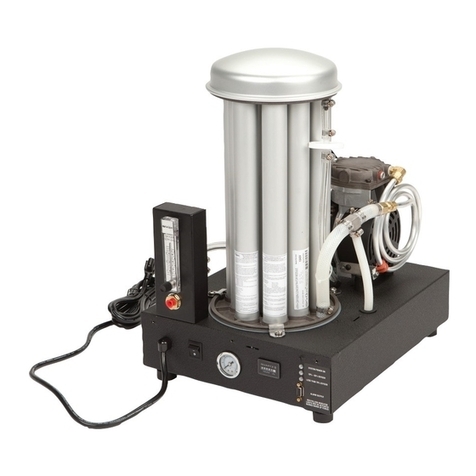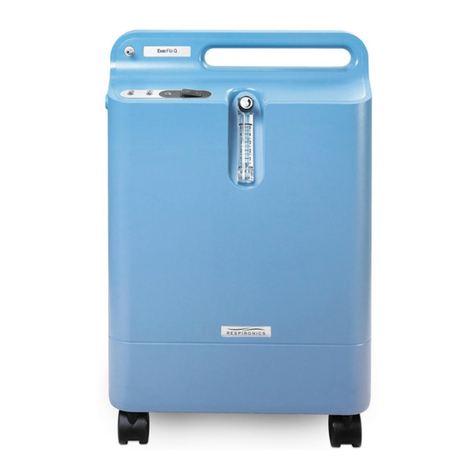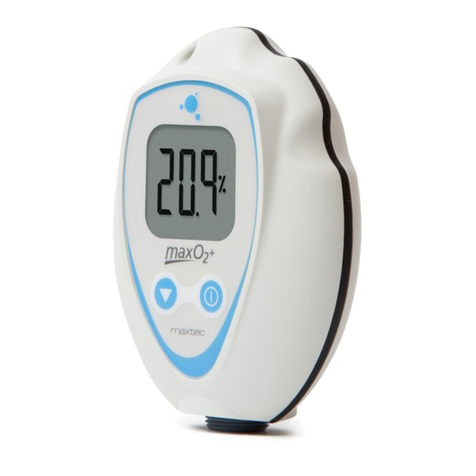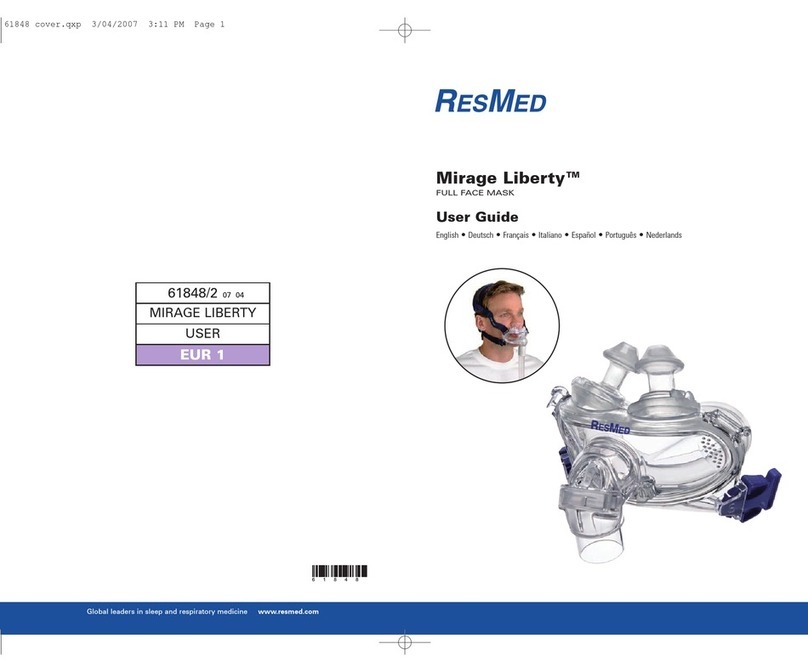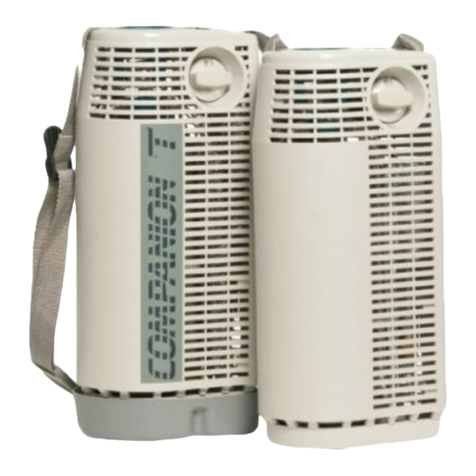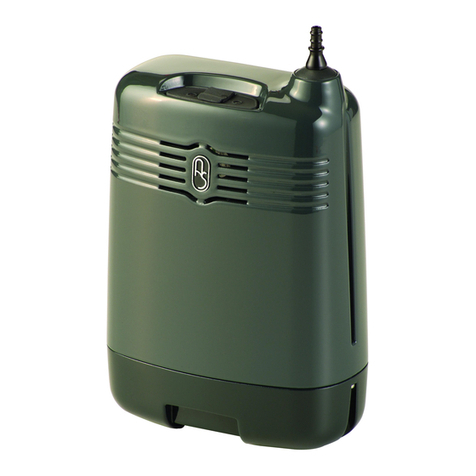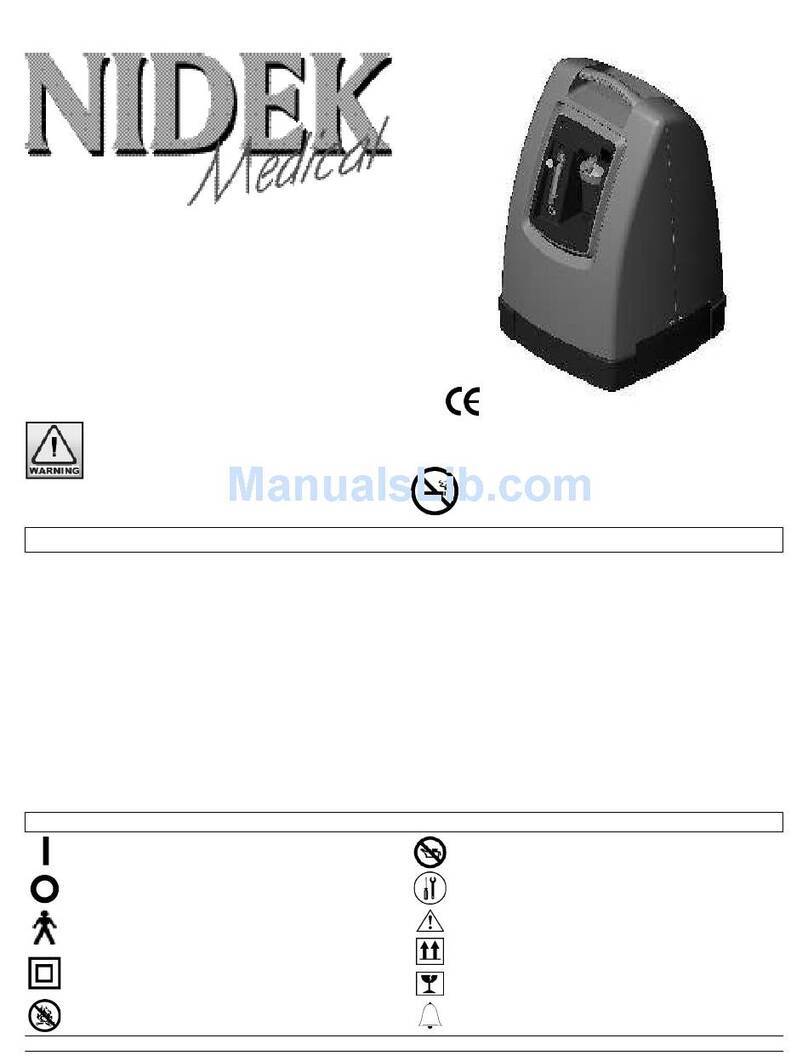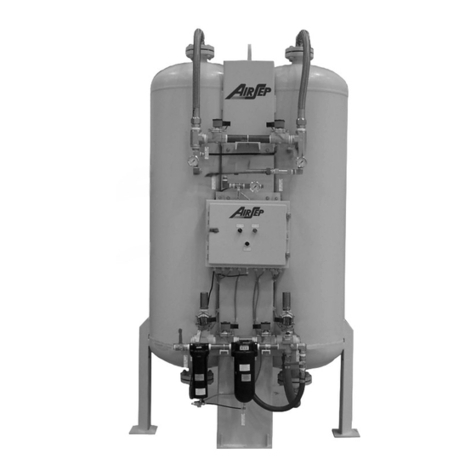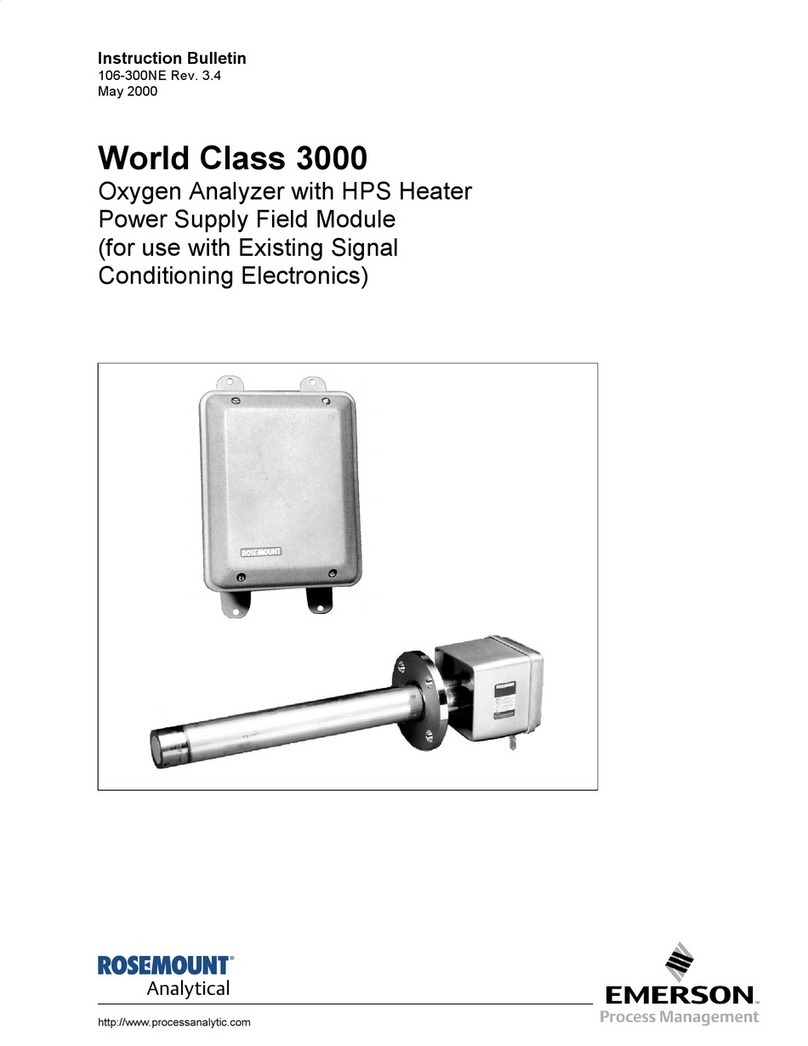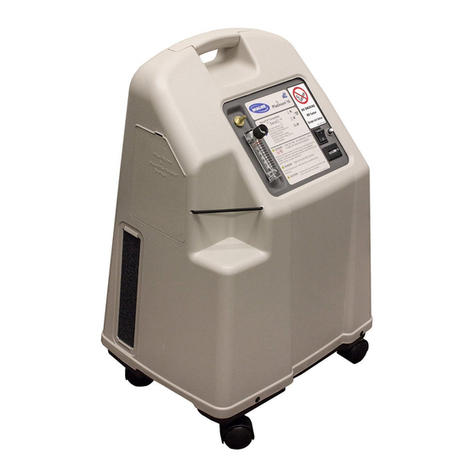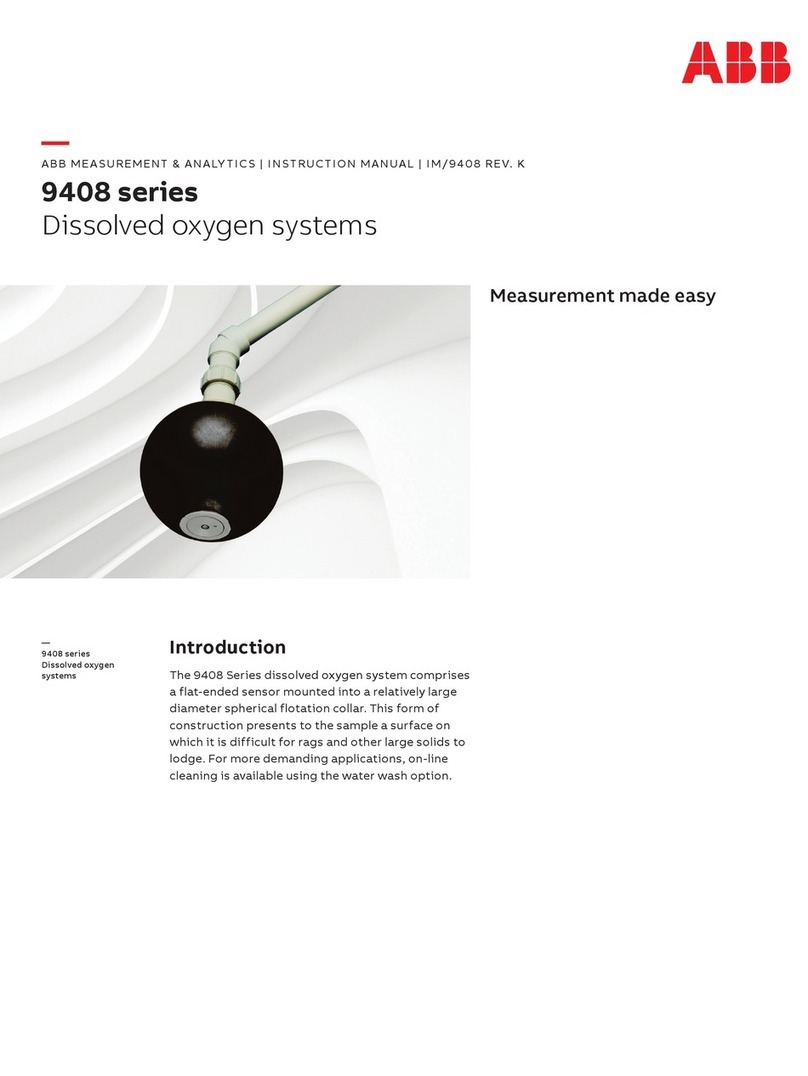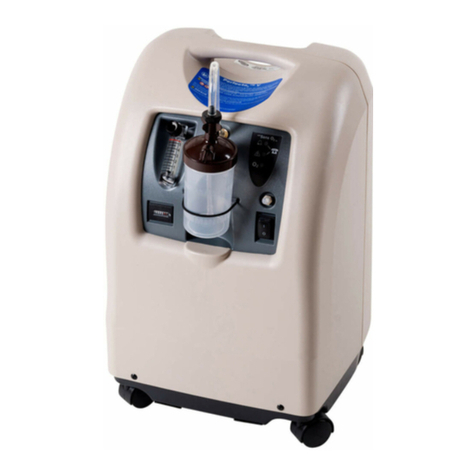
WM 66421 04/2015
O2Box Rescue compact EN 7
Safety
2.2 Safety information
Please read these instructions for use and the instructions for use
for the devices in the box carefully. The instructions for use form
part of the devices described, and must be available at all times.
Only use the box for the intended use (see “1.1 Intended use”,
page4).
For your own safety and that of your patients, and in accordance
with the requirements of Directive 93/42/EEC, please observe the
following safety instructions:
2.2.1 Safe use of the box
Risk of damage due to incorrect use!
Incorrect use may result in damage to the device.
Do not stack more than 5 boxes on top of each other.
Do not place anything on top of the box.
Do not sit or stand on the box.
2.2.2 Safe handling of oxygen
Risk of injury from oxygen input line!
Oxygen can accumulate in clothing, textiles, and hair. In
combination with smoking, open flames, and electrical devices it
may cause fires and explosions.
Do not smoke.
Keep away from open flames.
Do not use any hoses which conduct electricity.
Keep the devices and screwed unions free from oil and grease.
Wash your hands before using the devices.
Pay attention to the expiry date of the oxygen cylinder.
Tighten the screwed unions by hand to avoid damaging the
threads and seals.
Open the cylinder valve slowly to avoid pressure blows to the
fittings.
Do not empty the oxygen cylinder completely in order to
prevent the ingress of moisture.
Close the cylinder valve after use.
